When it comes to designing our kitchens, cabinets hold a spotlight in shaping its look and feel. But have you ever halted and wondered, “Why are kitchen cabinets so expensive?” It’s a common question that buzzes in the minds of many who are embarking on their kitchen renovation journey.
The price tag on those sleek, sturdy cabinets often comes as a surprise. Navigating through the array of options, we find ourselves entwined in a web of choices, from materials and designs to brands and additional features.
In this article, we aim to untangle that web, guiding you through the various factors that stack up to make kitchen cabinets a significant investment. Let’s delve together into the world of kitchen cabinets, exploring the reasons behind their hefty prices and how these costs have evolved.
How have the Prices of Kitchen Cabinets Evolved?
In the past, kitchens were mainly functional spaces, with cabinets being simple wooden storage units. However, as kitchens evolved into central gathering spots in homes, the demand for stylish and durable cabinets grew.
By the mid-20th century, post-World War II, homeowners began to see cabinets as fashion statements. This shift led to a variety of materials and designs entering the market, pushing up prices.
Today, with kitchens blending functionality and artistry, the demand for unique and quality cabinets remains high. Additionally, global events have sometimes influenced material costs, adding to the price fluctuations.
Reasons for Expensive Kitchen Cabinets
#1. Materials and Craftsmanship
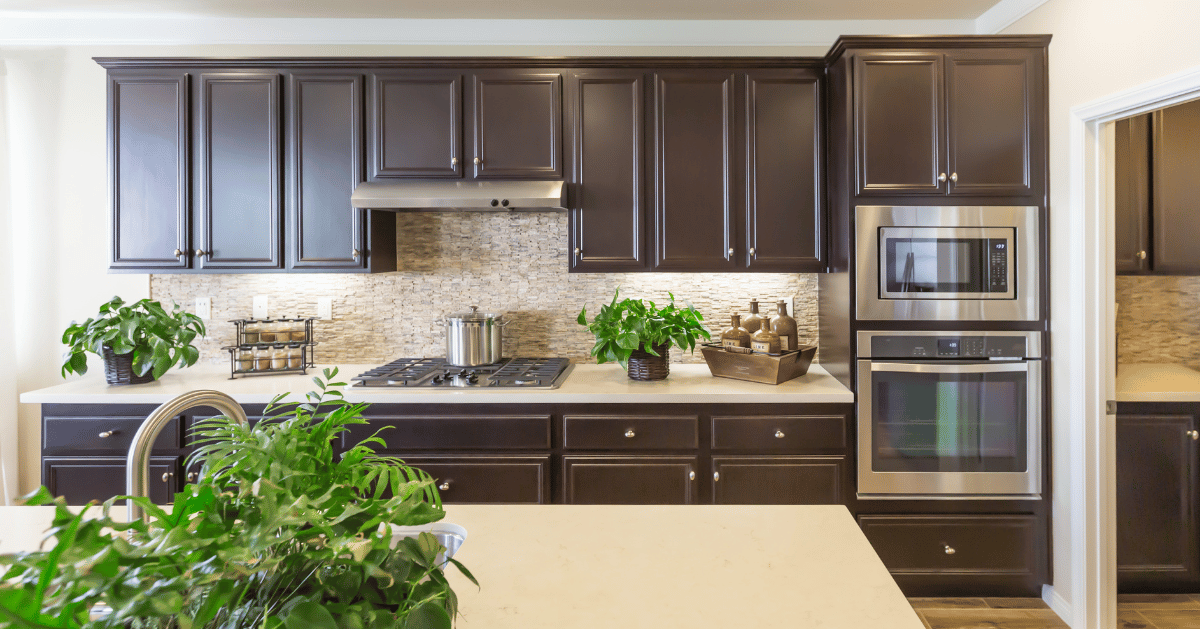
Kitchen cabinets are a testament to the combination of materials and the craftsmanship that molds them.
Not all cabinets are created equal. Some use dense hardwoods like oak or cherry, while others might rely on particleboard or MDF. Hardwoods, known for their durability and rich finish, understandably come with a higher price tag.
A machine-made cabinet might serve the purpose, but handcrafted ones bring an unparalleled level of detail and durability. Skilled artisans take time to perfect joints, ensure smooth finishes, and add unique touches.
As eco-friendliness becomes a priority, many seek cabinets made of sustainable materials. While great for the environment, these often require specialized sourcing and can be pricier.
#2. Design and Customization

Personal touches make a house feel like home, and the kitchen is no exception. Curved edges, intricate patterns, or unconventional shapes can elevate a kitchen’s look but also increase production complexities and costs.
A cabinet’s finish can drastically change its appearance. Whether it’s a glossy lacquer, a rustic matte, or a specialized paint job, each choice can affect the final price.
The knobs, handles, and pulls can be the jewelry of the cabinet. Opting for high-end, designer hardware can add both beauty and extra dollars.
Standard-sized cabinets might fit many kitchens, but for spaces that demand unique dimensions, custom-sizing becomes essential. Crafting cabinets to specific measurements usually comes at a premium.
Pull-out spice racks, built-in dividers, or rotating corner shelves—modern cabinets can come with a range of added features that, while enhancing functionality, also add to the cost.
#3. Technological Advancements in Kitchen Cabinets
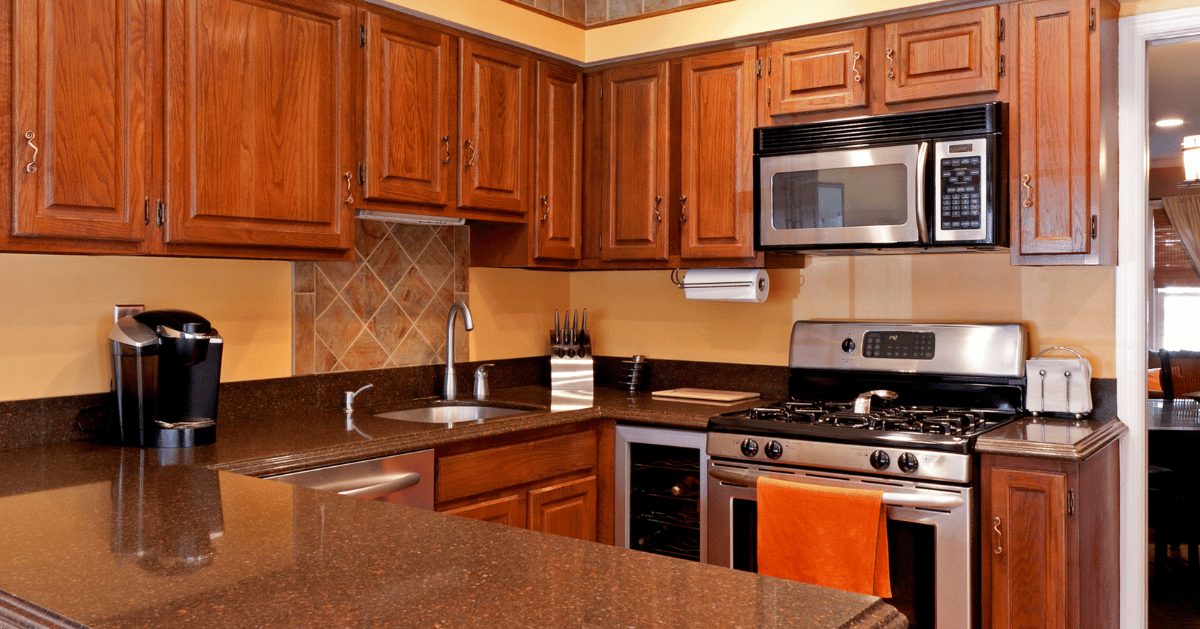
With the rise of smart homes, cabinets have embraced technology. Features like integrated lighting, touch-to-open mechanisms, or even cabinets that can sync with your smart devices can add a modern touch but come with higher costs.
Technological innovations have led to the development of materials that resist moisture, reduce environmental impact, or even combat bacteria.
Modern machinery ensures each cabinet piece is cut and assembled with utmost precision. This guarantees a snug fit and finish but requires sophisticated, often expensive, equipment.
With a global push towards sustainability, many manufacturers use technology to reduce waste, conserve energy, or recycle materials during production.
#4. Installation and Labor
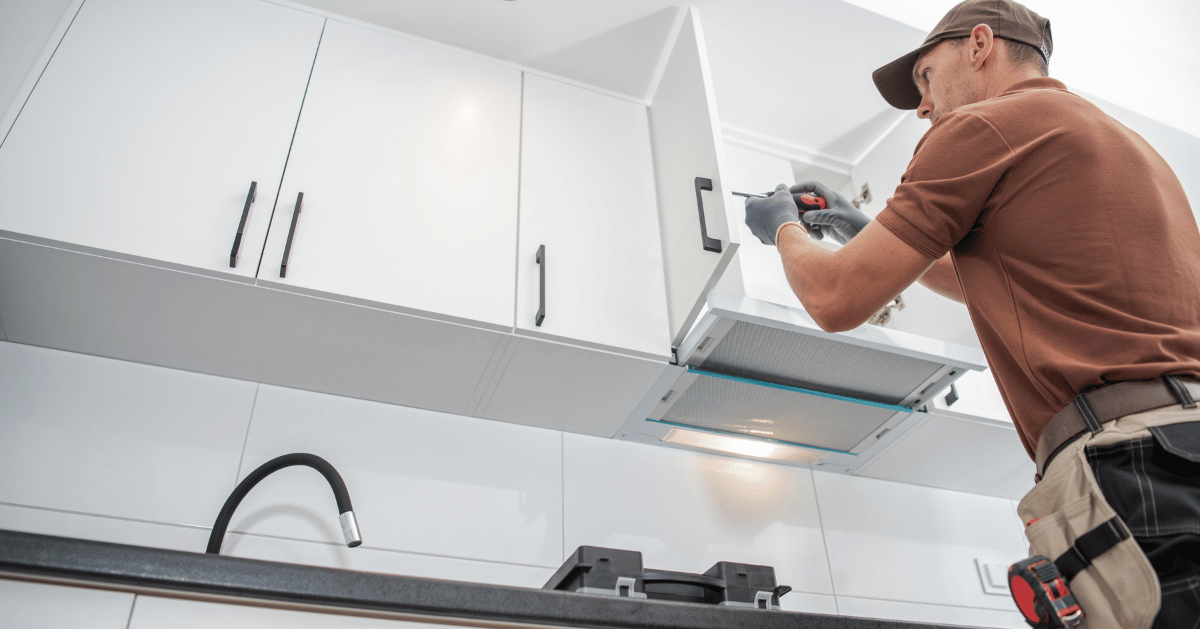
Installing kitchen cabinets is a meticulous process that requires expertise, precision, and
It can be a major reason for price increases in kitchen cabinets.
Depending on the kitchen’s size and cabinet complexity, installation can span several days. Quality work takes time, and this time directly correlates with labor costs.
Modern cabinets often require specialized tools for perfect installation. Whether it’s laser levels for exact alignment or unique drills for certain fittings, these tools, while ensuring precision, can add to the cost.
Once cabinets are up, final adjustments like ensuring doors align perfectly or drawers slide smoothly are crucial. This fine-tuning, while ensuring longevity and functionality, requires additional labor hours.
Labor costs can fluctuate based on the region. Metropolitan areas, for instance, might have higher labor rates compared to smaller towns.
#5. Branding and Marketing
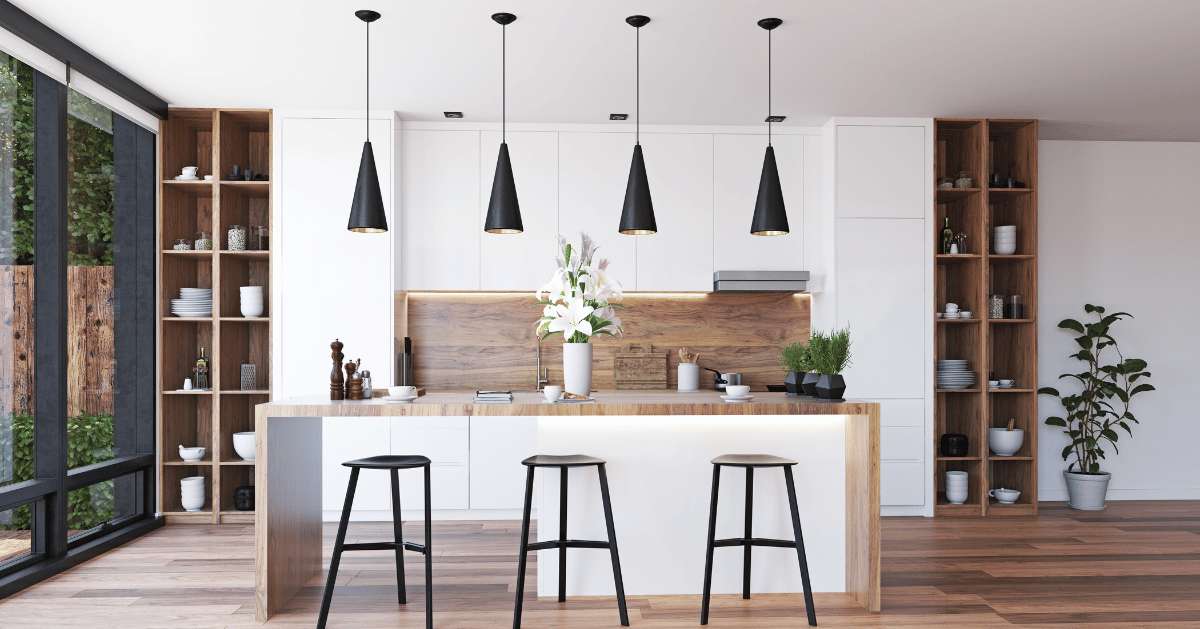
Established brands have spent years, if not decades, building their reputation. When you opt for a well-known brand, you’re often paying for the assurance of quality, durability, and post-sale service.
Leading brands invest heavily in R&D to innovate and bring forward the latest designs, materials, and features. This investment, while enhancing the product quality, does factor into the final price.
Glossy magazine ads, TV commercials, and interactive website designs are all a part of a brand’s marketing strategy. While they help in creating brand awareness and showcase products, they also contribute to overhead costs, which can trickle down to product pricing.
Premium brands often offer extended warranties or commendable after-sales services. While this provides peace of mind to the customer, it also adds a premium to the cabinet’s cost.
Some brands introduce patented or exclusive features to their cabinets, setting them apart from competitors. Such unique additions, while enhancing functionality or aesthetics, can elevate the price.
#6. Maintenance and Longevity
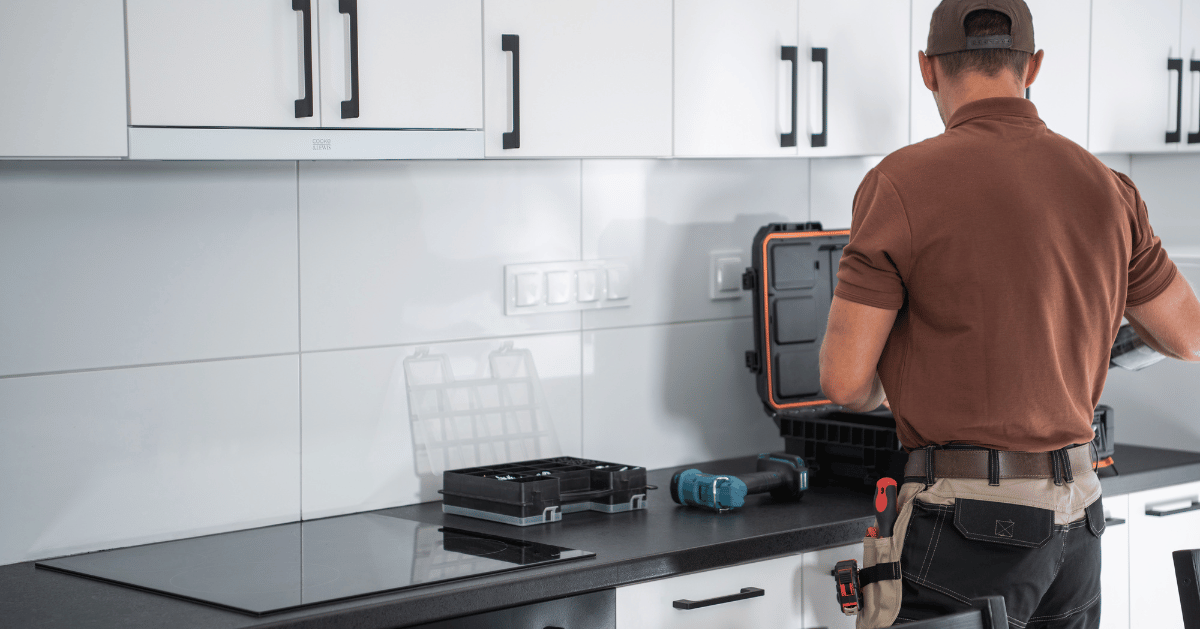
High-quality cabinets are crafted to withstand the wear and tear of daily use. While they might come with a higher upfront cost, their extended lifespan often means fewer replacements or repairs in the long run.
Some cabinets come with specialized finishes that resist stains, moisture, or UV damage. These finishes, while adding to the initial cost, reduce maintenance needs and enhance the cabinet’s lifespan.
Modern cabinets might feature easily wipeable surfaces, anti-fingerprint coatings, or even mold-resistant materials. These features, while increasing the price, simplify cleaning and upkeep.
Investing in quality often means fewer breakdowns. However, when repairs are needed, premium cabinets might demand specialized parts or expertise, leading to higher repair costs.
Well-maintained, quality kitchen cabinets can elevate a home’s resale value. While this might not directly impact the cabinet’s price, it’s a long-term economic consideration for many homeowners.
Conclusion
Kitchen cabinets, often the cornerstone of our cooking spaces, represent much more than mere storage units. Their price tags, while sometimes surprising, are a culmination of a myriad of factors.
From the raw materials and craftsmanship to technological innovations, from brand value to overarching economic influences, each aspect adds its dimension to the cost. But, as with many things in life, with kitchen cabinets, there’s a balance between cost and value.
While it’s essential to be mindful of one’s budget, it’s equally vital to view these cabinets as long-term investments.
